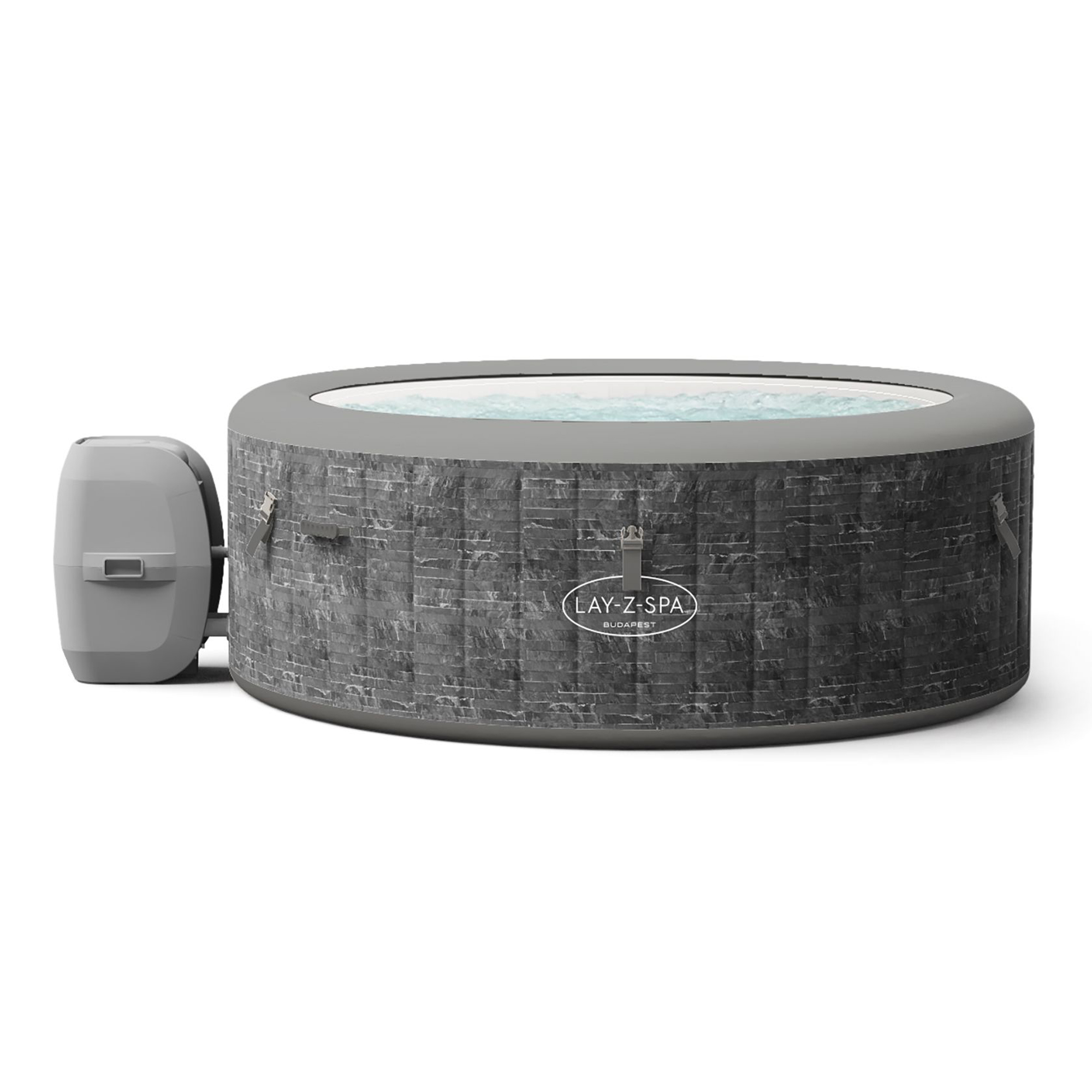How to store a hot tub in winter - 6 steps to successfully winterise your hot tub, whether you plan on using it or not
Follow these steps to winterise your hot tub
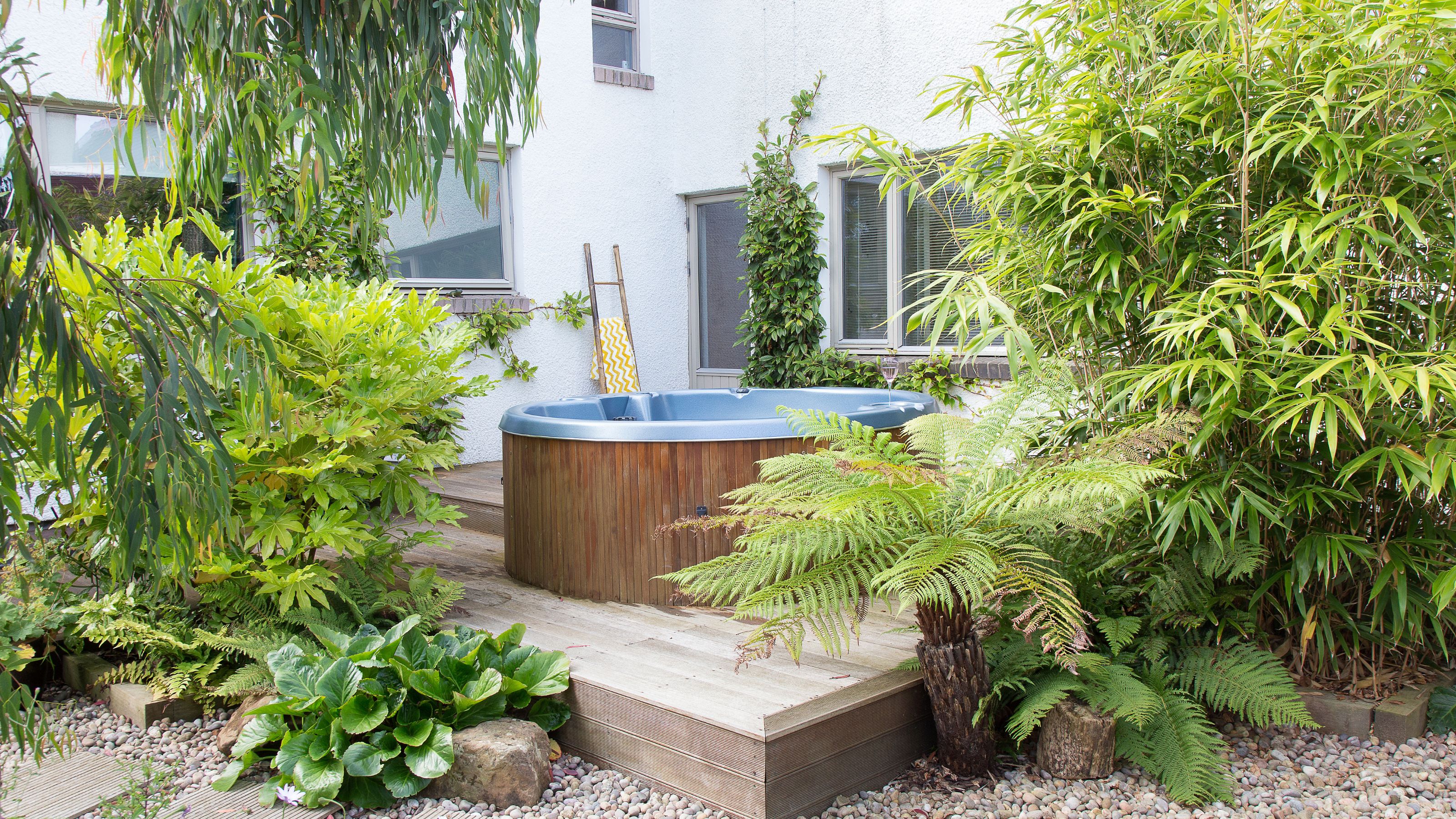

If you’re lucky enough to have a hot tub, you’ll probably know that they’re an investment. The initial outlay can be pricey, but keeping up with the maintenance can cost you even more. That’s why it’s so important to know how to store a hot tub in winter to keep it protected.
The best hot tubs come in many shapes and forms, from hard-shell to inflatable and even in-ground. But one thing they all have in common is that they need some TLC to maintain their place in your garden. In fact, one of the most important things experts want you to know before buying a hot tub is that maintenance is key - especially during the colder months when water can freeze in the pipes, debris can clog up filters, and damp can damage electrical components.
So, whether you’re planning winter hot tub parties in the garden or you’re putting the bubbles on pause until next year, every owner should know how to store their hot tub in winter and protect it for years to come.

1. If applicable, prepare for winter use
There are two kinds of people in this world - those who wouldn’t dream of going out into the cold to use their hot tub and those who love spending a cold winter evening basking in the warm water and bubbles. But even if you’re part of the latter category, you still need to prepare your hot tub for winter use.
Of course, using a hot tub cover is key, but Luke Dejahang, Director and Gardening Expert at Crown Pavilions, also explains that you’ll need to make a few temperature changes. He says, ‘Lower your thermostat slightly when not in use to save energy but keep the water warm enough to prevent freezing. Regularly clear snow off the cover, monitor water levels, and balance the chemicals more frequently to keep it safe to continue using.’
According to the team at Platinum Spas, it’s also worth emptying and refreshing your hot tub to prepare it for winter use. They say, ‘Not only does this mean you’ll be bathing in freshwater come winter, but it also gives you a chance to thoroughly clean your tub while the weather is still warm.’
2. Turn it off and unplug it
However, if you don’t plan on using your hot tub over winter, you don’t want to turn the temperature down or refresh the water. In fact, you want to do the opposite. But before you do that, you need to ensure that it’s safe to do this.
Get the Ideal Home Newsletter
Sign up to our newsletter for style and decor inspiration, house makeovers, project advice and more.
Luke says, ‘The first step in getting ready to store away your hot tub for winter is to turn it off at the mains and disconnect any electrical cables that may be in the way. This step is crucial to prevent potential hazards, such as electric shock before you proceed with the next step: draining the water.’

3. Empty the water
The last thing you want to do is leave your hot tub full of water over the winter months if you won’t use it. Without the proper filtration or chemicals, the water will become stagnant and cleaning it up for spring use will be incredibly difficult. So, you should always empty the water before storing your hot tub in winter.
Luke advises, ‘Start by using the hot tub drain plug, or if your hot tub doesn't have this, then use a submersible pump to drain all the water. Once the tub is empty, turn the jets and blowers to ensure every bit of water has been removed. A sponge can also help remove any excess water, ensuring the tub is thoroughly dry.’
The team from Platinum Spas also suggest using a wet/dry vacuum cleaner to get into the nooks and crannies of the hot tub to ensure no watery residue is left over to potentially freeze in the pipes over winter.
They add, ‘You can then loosen the unions on your pumps to drain them before cleaning your hot tub thoroughly.’
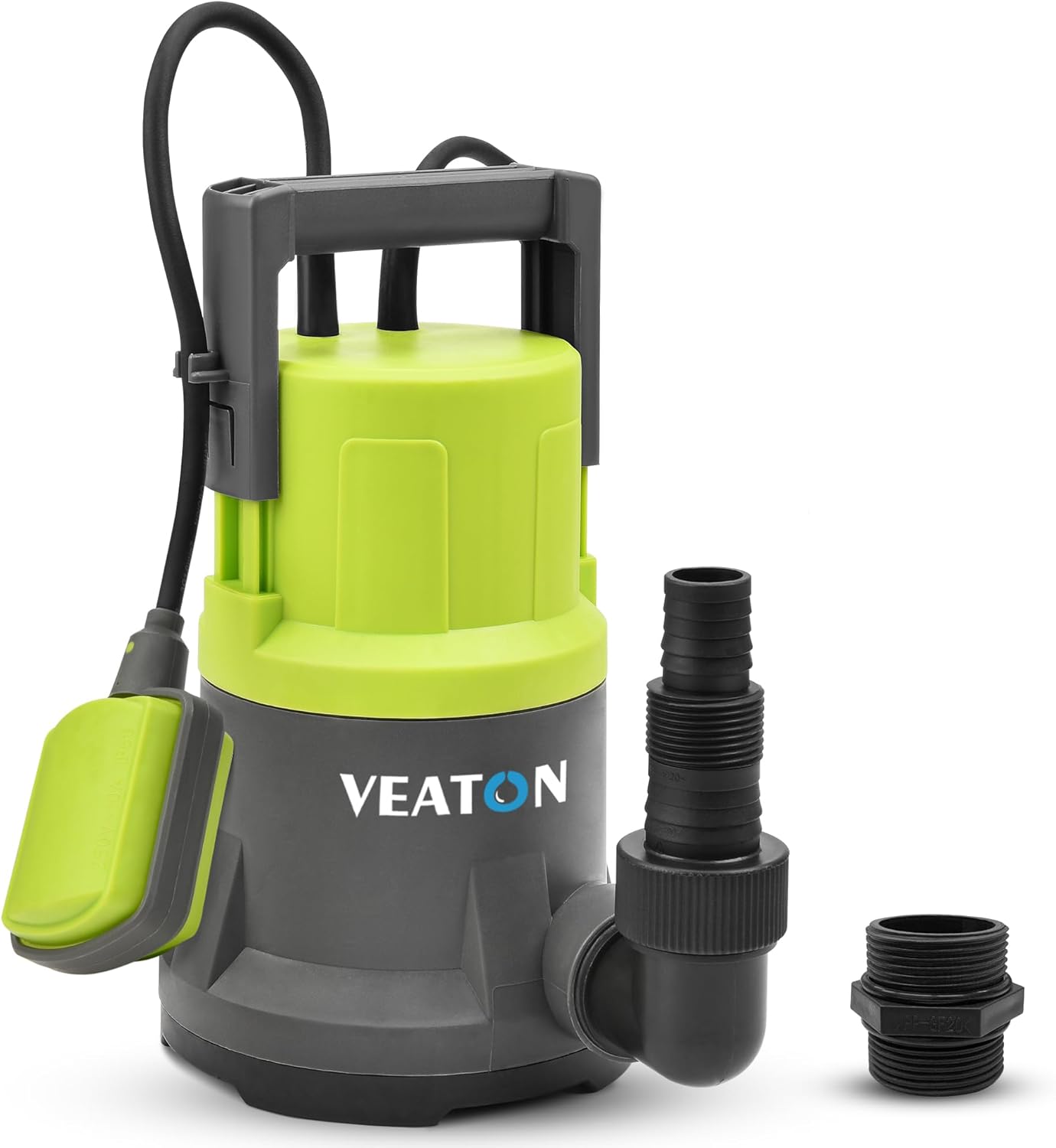
This submersible water pump should be able to suck out all of the water from your hot tub, and it even comes in three sizes to ensure it has enough power to drain your specific model.
4. Clean the filter
Before you shut down your hot tub for winter, it’s also a good idea to clean the filter. You should do this regularly, anyway, but it’s particularly important before leaving it for a few months.
After all, the filter collects everything from body oils to hair products and the hair itself, and leaving these pollutants in your filter for too long can damage it beyond repair. Then, you’ll have to shell out for a new one - which can be expensive.
Thankfully, we have a whole guide on how to clean a hot tub filter, including a step-by-step process to ensure that you don’t make any mistakes.
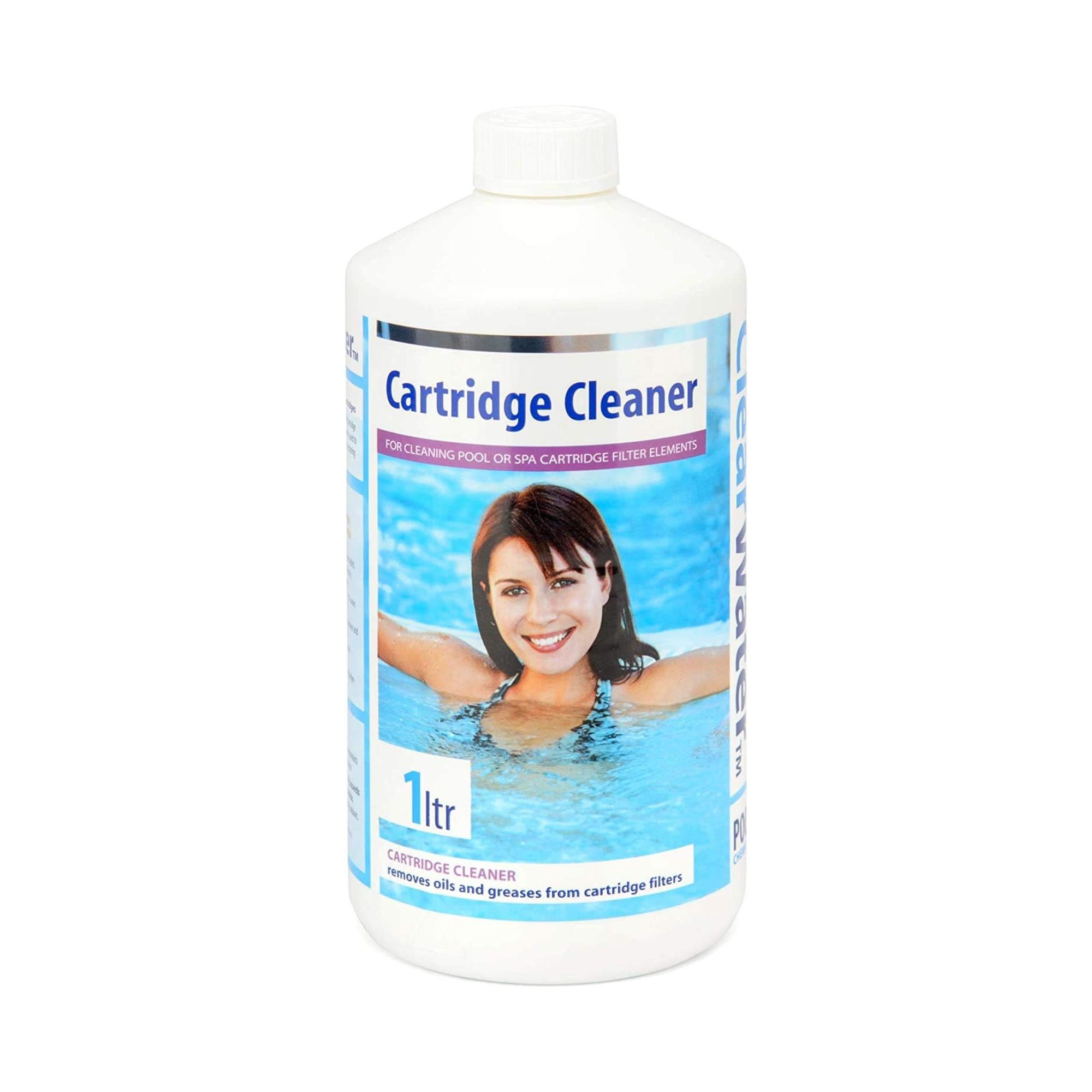
Although you can simply use washing-up liquid to clean a hot tub filter, using a specific filter cleaning solution is much more effective. This should have enough for up to 20 uses per bottle, too.
5. Pop on a cover
If you have a hard-shell hot tub that can’t be deflated and stored elsewhere, covering it for winter is the best way to protect it from the elements. If you can, opt for a brand-specific (or, even better, model-specific) cover that will fit your hot tub perfectly and prevent any gaps.
This cover will prevent any falling debris from entering the hot tub and protect the filter and jets from getting blocked. Luke then says, ‘Securely fasten the cover and check it periodically throughout the winter to ensure it remains tightly sealed.’
As you’ll need to check on your hot tub throughout the winter months, the team at Platinum Spas also suggests paying a little attention to the pathway up to your hot tub. They say, 'It’s always a smart idea to clear the snow and ice from around your hot tub to provide you with a clear path to get to it. After all, no one wants to walk down an icy path to get to their tub.'

Amazon is a great place to buy Lay-Z-Spa covers, and you can buy it in eight different sizes to ensure that you're buying one suitable for your tub.
6. Or, deflate it and store indoors
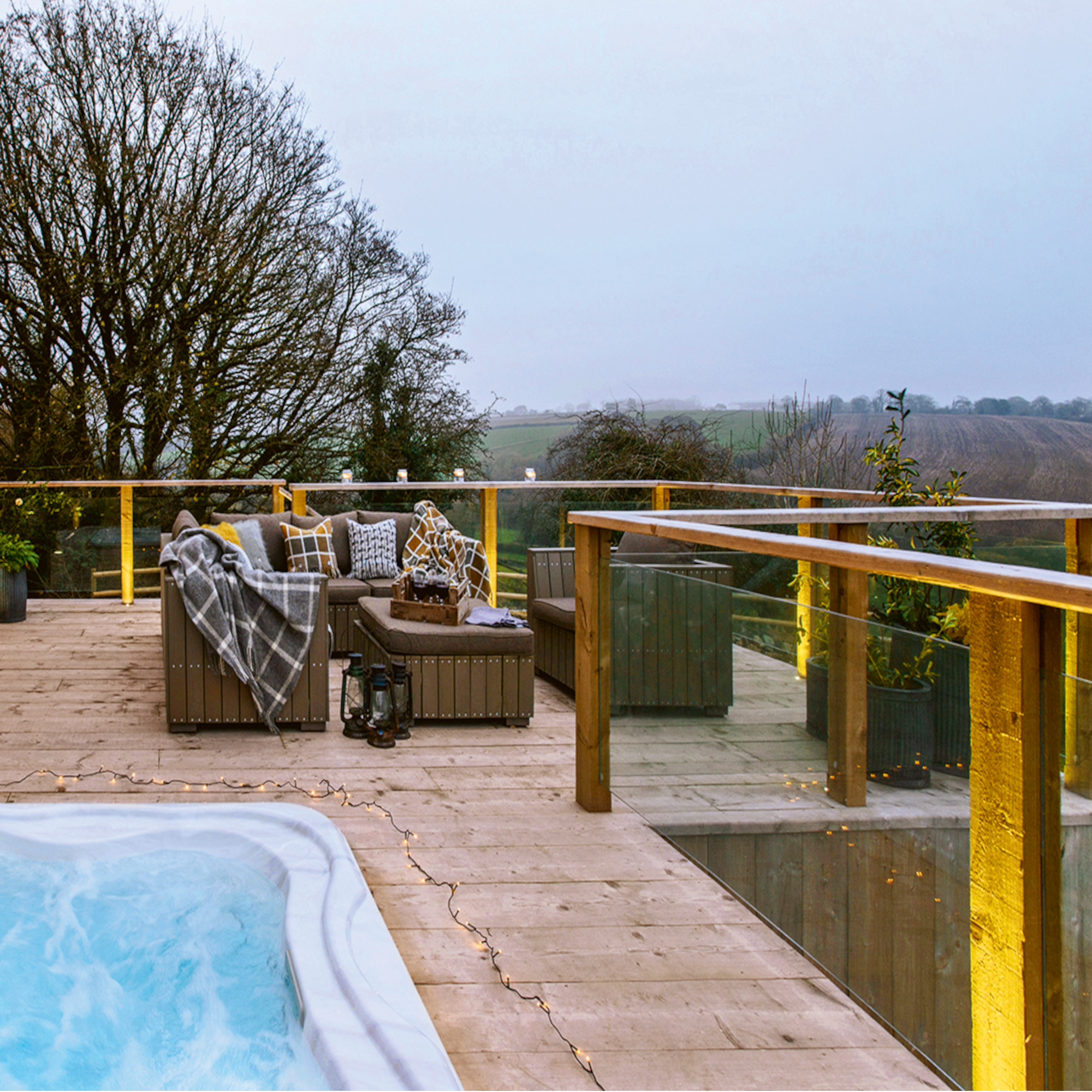
Of course, you might not need to store your hot tub outdoors in winter. If you have an inflatable hot tub, you can choose to either keep it outside or deflate it and store it inside during the colder months.
If you have an inflatable hot tub, you should follow the above steps to turn it off, empty it, and clean it before deflating it. In most cases, an inflatable hot tub will come with a deflation tool, so you can use that to let all of the air out.
The Lay-Z-Spa website then advises to ‘Sprinkle talcum powder around the interiors and exterior so that it doesn’t stick together when folded and to absorb any small amounts of moisture that you may still be there.’ You could also use baby powder or baking powder for this.
When it comes to storing your deflated hot tub, they also suggest using a large plastic container or a large tarp to keep everything safe and off the ground to stop any electrical components from getting damp. You can then pop it in your garage, shed, or a spare room in your house over winter.
FAQs
Can I keep my hot tub out in winter?
Yes, you can keep your hot tub out in winter if you want to. Doing so without proper protection can cause irreparable damage, though. Because of this, you need to use a hot tub cover to keep debris out. If you plan on using your hot tub over winter, you should also slightly reduce the temperature.
If you’re not going to use your hot tub in winter and have a model that can be deflated or taken apart, it’s best to store your hot tub inside. This will keep it safe over the colder months and protect each individual component of the hot tub.
How long can a hot tub sit unused?
If the hot tub is full of water, it can only sit unused for around two to four weeks before needing to be replaced or treated. However, treating stagnant water can be difficult, so it’s probably better to drain and re-fill your hot tub.
If the hot tub is empty, it can sit unused for much longer. In fact, you can leave it unused indefinitely as long as the pipes are completely free of water and you have a cover to protect it from any falling debris that could block filters or pipes.

Lauren Bradbury has been the Content Editor for the House Manual section since January 2025 but worked with the team as a freelancer for a year and a half before that. She graduated with a Bachelor’s degree in English and Creative Writing from the University of Chichester in 2016. Then, she dipped her toe into the world of content writing, primarily focusing on home content. After years of agency work, she decided to take the plunge and become a full-time freelancer for online publications, including Real Homes and Ideal Home, before taking on this permanent role. Now, she spends her days searching for the best decluttering and cleaning hacks and creating handy how-to guides for homeowners and renters alike, as well as testing vacuums as part of her role as the Ideal Home Certified Expert in Training on Vacuums, having spent over 110 hours testing different vacuum models to date!
-
 Wood drenching is the calming new twist on the colour drenching trend – here’s how to make the look work in your home
Wood drenching is the calming new twist on the colour drenching trend – here’s how to make the look work in your homeIt’s easier than ever to embrace natural materials
By Maddie Balcombe
-
 Aldi is launching a £200 day bed with four different features - its sleek design is suited to the whole family
Aldi is launching a £200 day bed with four different features - its sleek design is suited to the whole familyYou don't want to miss out on this Specialbuy
By Kezia Reynolds
-
 How to set up a drip watering system that saves water and a lot of effort
How to set up a drip watering system that saves water and a lot of effortKeep your plants hydrated (and your water bill down) with this clever garden watering solution
By Natalie Osborn
-
 Aldi is launching a £200 day bed with four different features - its sleek design is suited to the whole family
Aldi is launching a £200 day bed with four different features - its sleek design is suited to the whole familyYou don't want to miss out on this Specialbuy
By Kezia Reynolds
-
 I’m seeing pastel garden furniture at all my favourite brands this spring, but QVC’s sorbet collection impressed me the most
I’m seeing pastel garden furniture at all my favourite brands this spring, but QVC’s sorbet collection impressed me the mostFresh pastel shades are a great way to liven up your outdoor space
By Kezia Reynolds
-
 I spent the afternoon looking through Wayfair's garden sale – these are the 6 pieces I'm buying immediately for summer
I spent the afternoon looking through Wayfair's garden sale – these are the 6 pieces I'm buying immediately for summerThese are my must-have garden buys from the sale
By Holly Reaney
-
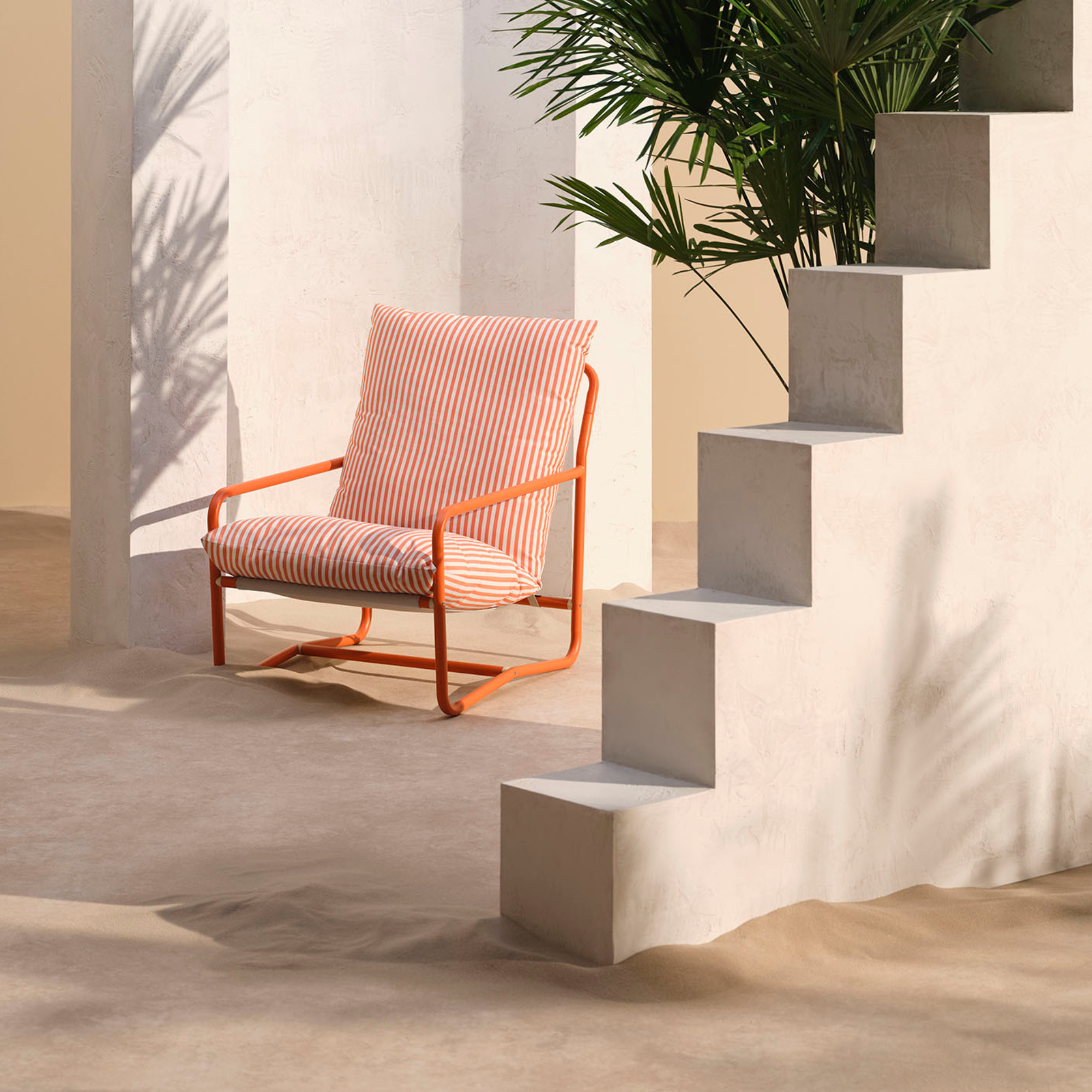 I’ve found the perfect alternative to John Lewis’ sold-out striped garden chair – and you won’t believe where it's from
I’ve found the perfect alternative to John Lewis’ sold-out striped garden chair – and you won’t believe where it's fromJohn Lewis' Sling Garden Chair is one of the most stylish pieces of garden furniture I'd seen – until I tracked down this QVC lounge chair...
By Kezia Reynolds
-
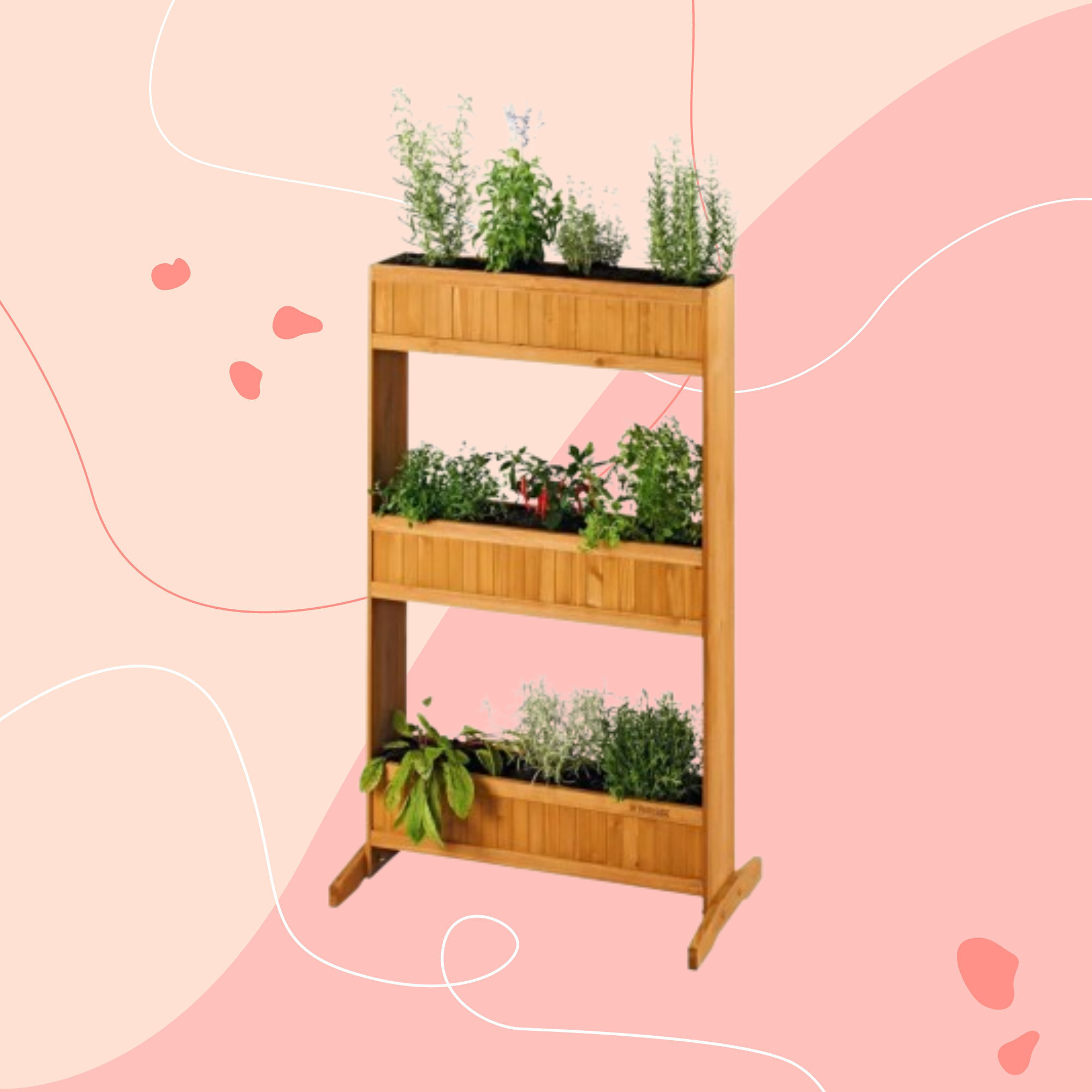 Lidl is selling a smart tiered planter that will unlock extra planting space in a tiny garden or balcony
Lidl is selling a smart tiered planter that will unlock extra planting space in a tiny garden or balconyWhy I've been eyeing this planter up for my tiny garden
By Kezia Reynolds
-
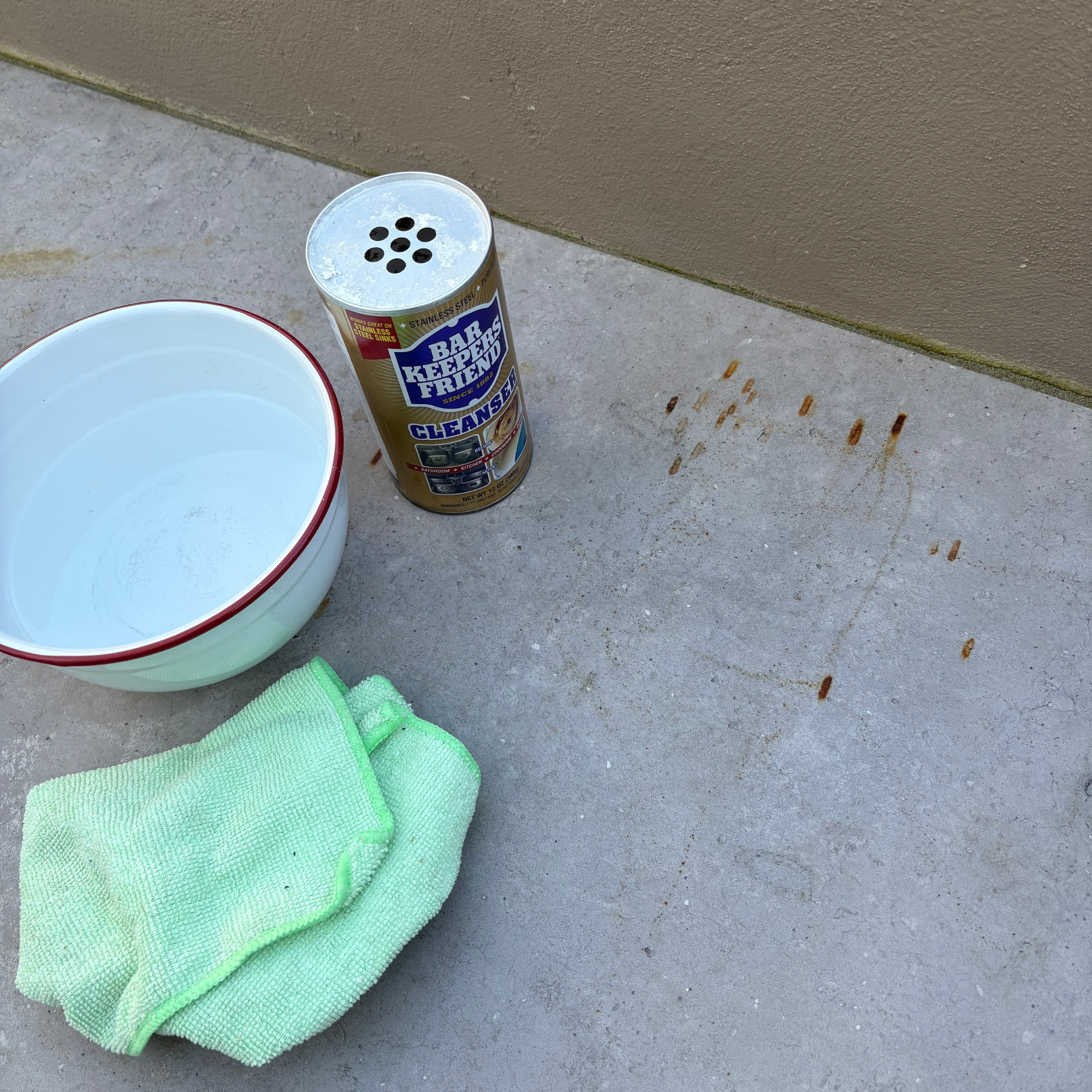 I’ve found the best solution for cleaning stains from a patio - and it’s only £8 on Amazon
I’ve found the best solution for cleaning stains from a patio - and it’s only £8 on AmazonThe stains practically vanish!
By Kezia Reynolds
-
 Lidl’s £15 sun sail is everything you need to create a shady oasis in your garden – and it’s on sale right now
Lidl’s £15 sun sail is everything you need to create a shady oasis in your garden – and it’s on sale right nowWith two stylish colours available, the sun sail will make a chic yet practical addition to any of your garden.
By Kezia Reynolds
-
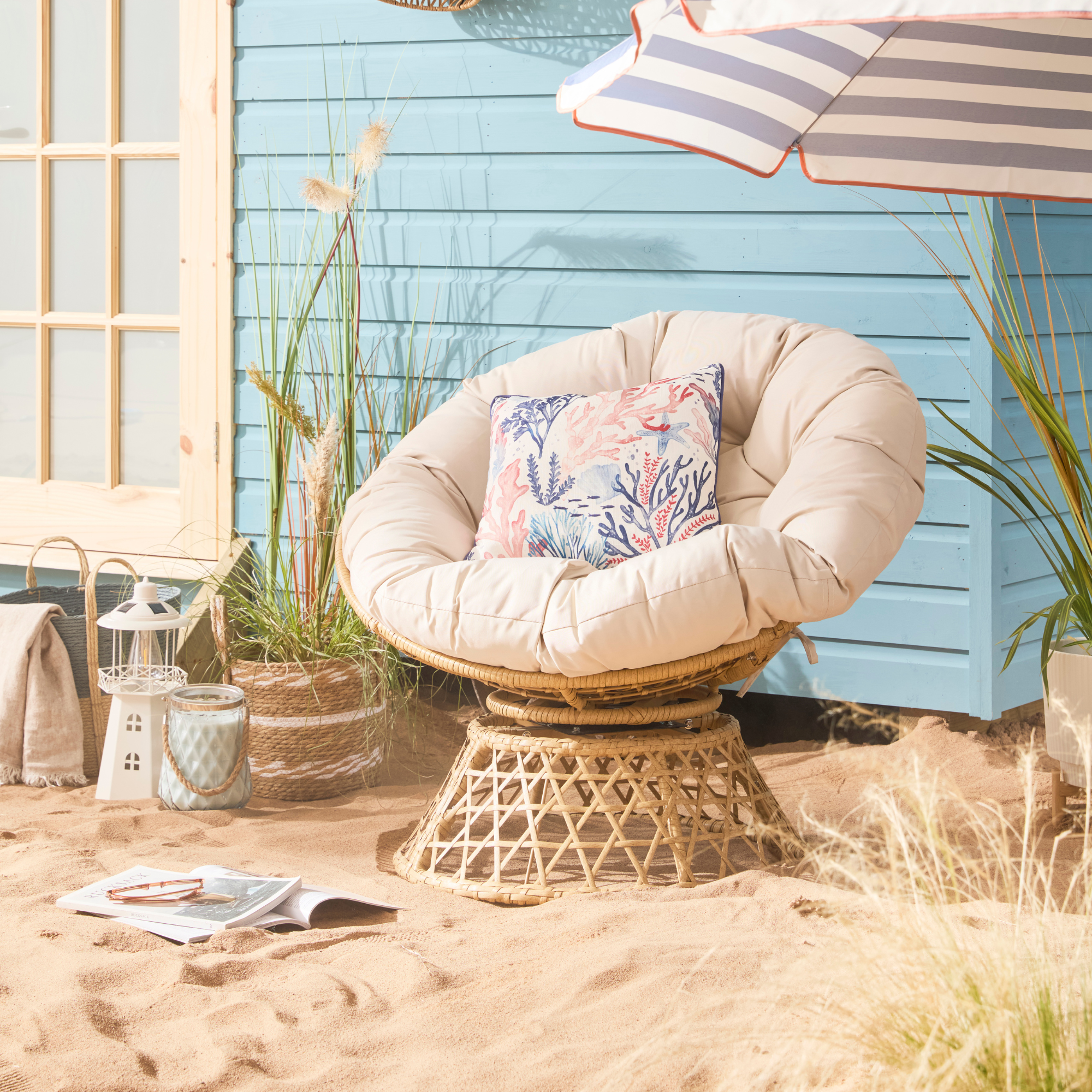 B&M has nailed 2025's breakout garden furniture trend - it's one of the most affordable and stylish I've seen
B&M has nailed 2025's breakout garden furniture trend - it's one of the most affordable and stylish I've seenGet the luxe look for less
By Kezia Reynolds
